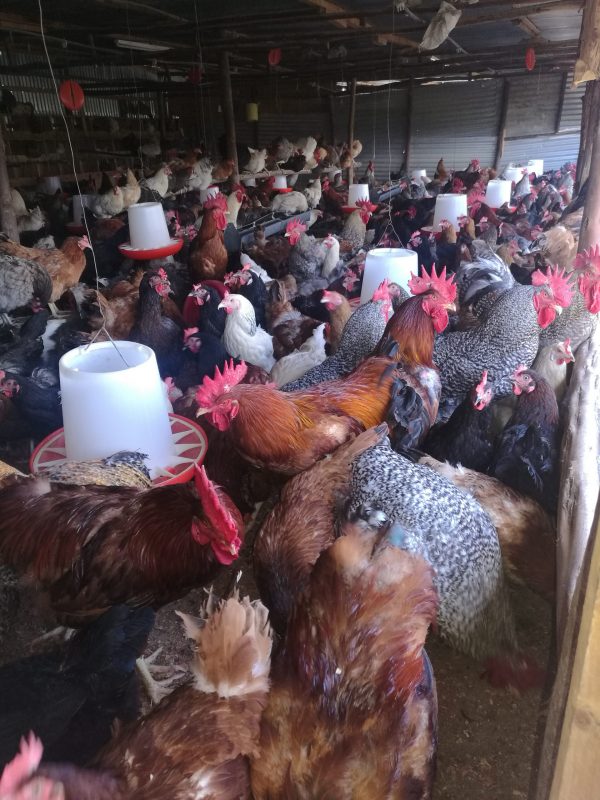KIENYEJI REARING ESTIMATES
In Kenya, various types of poultry farming are practiced. The most widely practiced types are the layers, broilers and Kienyeji farming. At Neochicks Poultry Ltd, we focus on improved kienyeji farming since it the most economical, most marketable and also due to the fact that it is a duo purpose method of poultry farming.
Below is the cost estimate for raising 100 Improved Kienyeji Chicks up to the time they start laying the eggs. Mostly, they start laying at around 4 to 5 months. Kindly note that the calculation are based on the current market prices which may vary with time and with your locality. It is also worth noting that the estimates are broadly based on the major expenses and may not include other unpredictable costs. We assume you have a ready structure.
| ITEM | DESCRIPTION | CALCULATION | TOTALS |
| Chicks | Neochicks Ltd sells 3days old chicks, vaccinated against Marek’s at 100ksh | 100 chicks x ksh100 | 10,000 |
| Chick mash | Chicks feed on chick mash up to 8th week. On average, the chicks will consume 60 grams per day. Each Kg is ksh50. | 56days x 0.06kg x 100 chicks x 50ksh | 16,800 |
| Growers Mash | Fed between the 9th week and 19th week. On average, they consume 90 grams per day. Each Kg is ksh35. | 77days x 0.09kg x 100 chicks x 35Ksh | 24,255 |
| Vaccines, Vitamins and deworming | Gumboro 1st dose, Gumboro 2nd dose, Newcastle 1st dose, Newcastle 2nd dose, Fowl typhoid, DewormingVitamins | Ksh300Ksh300Ksh350 Ksh350 Ksh350 Ksh200 Ksh300 | 2,200 |
| Equipment: FeedersDrinkers | 6 feeders(10Kgs)4 Drinkers(10L) | 550ksh x 6 feeders550ksh x 4 drinkers | 3,3002,200 |
| Miscellaneous | This may include minor expenses like sawdust, labour, transport costs etc | 8,000 | 8,000 |
| TOTALS | 66,755 |
